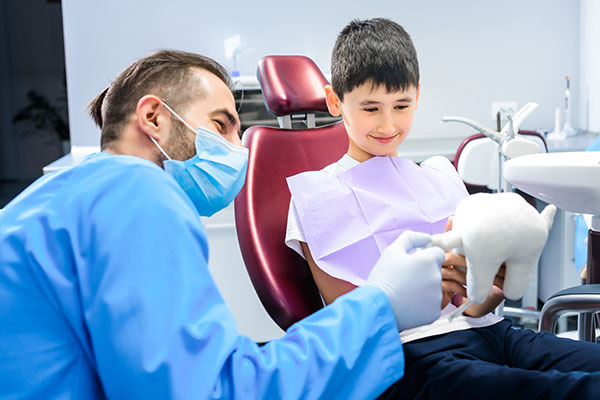 Advancements in cosmetic dentistry technology have allowed the cosmetic dentist to offer patients a wide range of treatments to improve and repair smiles. While some might be eager to take advantage of one or more treatments, others might hesitate because of the perceived pain involved. However, prospective patients may gain peace of mind by asking a cosmetic dentistry professional about what to expect during and after each type of treatment.
Advancements in cosmetic dentistry technology have allowed the cosmetic dentist to offer patients a wide range of treatments to improve and repair smiles. While some might be eager to take advantage of one or more treatments, others might hesitate because of the perceived pain involved. However, prospective patients may gain peace of mind by asking a cosmetic dentistry professional about what to expect during and after each type of treatment.
Cosmetic dentistry procedures
There are a variety of cosmetic dentistry procedures to choose from, and each has its own benefits for improving a smile. These vary from clinic to clinic, but most are widely available, including:
- Teeth whitening
- Dental implants
- Veneers
- Teeth straightening
An initial consultation with a cosmetic dentist can help patients decide which treatments are right for them and offer long-term results. Patients who fear the pain of any of these procedures may be able to gain peace of mind by asking about the steps for each and what can be done about feelings of fear or anxiety while in the dentist’s chair.
Learning what to expect
While each cosmetic dentistry procedure is different, technology and advances in dental medicine have made it possible for patients to remain comfortable for most. For example, teeth whitening is virtually painless and may cause mild sensitivity in the aftermath, but not all patients experience this. Numbing agents are typically used for dental implants, and there may be some discomfort afterward, as this is a type of surgery that involves implanting metal screws into the jawbone to connect the implants.
Patients who want porcelain veneers may have to undergo a bit of preparation that may include the trimming of enamel. This may cause discomfort afterward, but the cosmetic dentist will likely numb the mouth before preparing the teeth so that the veneers fit properly. The amount of preparation tends to vary from patient to patient, but most will likely be informed about the level of discomfort to be expected and offered some tips about how to handle any anxiety before the treatments begin.
Reducing dental anxiety
It is common for patients to experience anxiety over dental treatments, even if they are cosmetic in nature. Oral pain can make it difficult to speak, eat, and rest, so the fear some may feel, despite the positive outcome, is natural. Fortunately, there are a few strategies patients can use to feel more comfortable before sitting in the dentist’s chair.
One way to possibly reduce fear and anxiety over a cosmetic dental treatment is to learn about the procedure from the attending dentist and by gleaning information from trustworthy and informed sources online. Fear often stems from the unknown, so the more knowledgeable patients are about a cosmetic treatment, the less fear they may experience.
Conclusion
We have shown that patients who come to improve their confidence often leave feeling delighted at the ease of the procedures. Thanks to new technology, most treatments are painless and provide those who undergo them with a positive experience.
Request an appointment or call About Dental Care at 435-652-9105 for an appointment in our St. George office.
Recent Posts
A cosmetic dentist can give you a bright, healthy smile. This provider can perform procedures that improve the appearance of your teeth and gums. Knowing the cosmetic dental treatments can help you make informed decisions about your next appointment. Here are the details about the common procedures your cosmetic dentist can provide.People with chipped or…
Are you considering a cosmetic dentistry procedure? Read on to learn what questions you should ask during your consultation. Before you begin your cosmetic dentistry treatment plan, there are certain questions to ask the dental team to ensure you are able to prepare properly and know what to expect each step of the way. This…
Cosmetic dental services can help restore the aesthetics of damaged teeth. Tooth decay is the number one reason that people seek the services of a dentist. Decay is caused by acids made by oral bacteria destroying teeth structures.The decay starts with the most affected part of the tooth being demineralized. Then, small holes called cavities…


